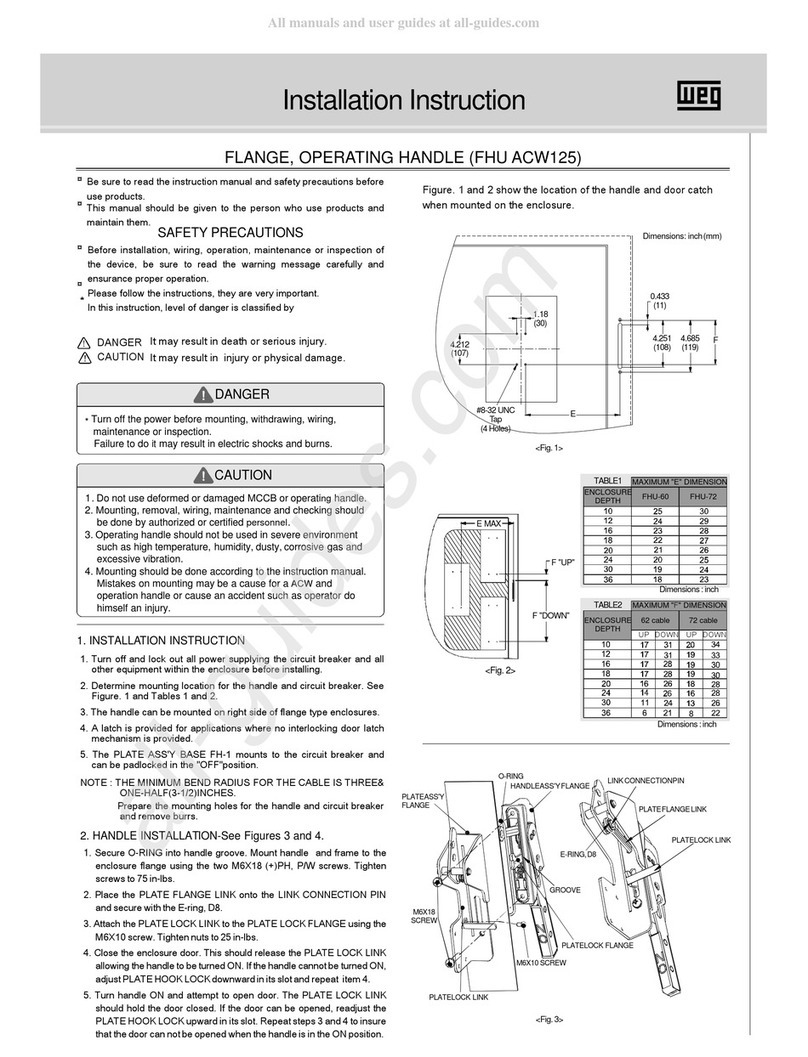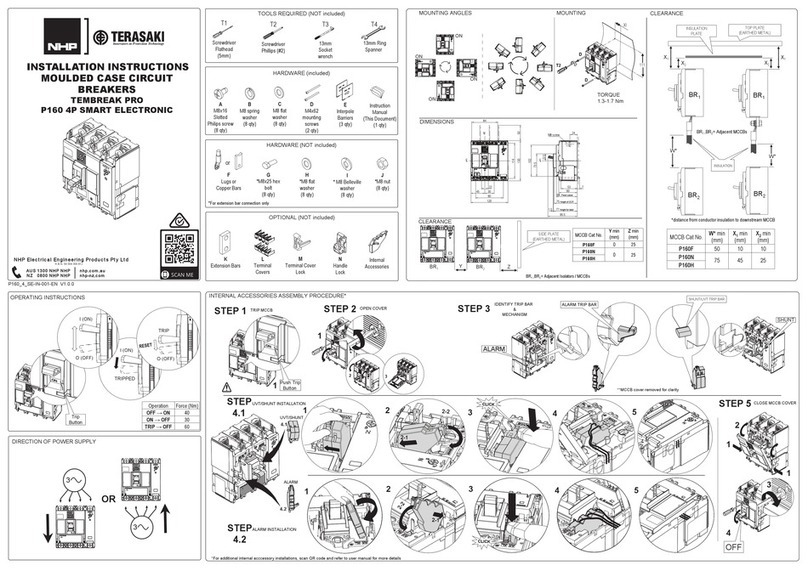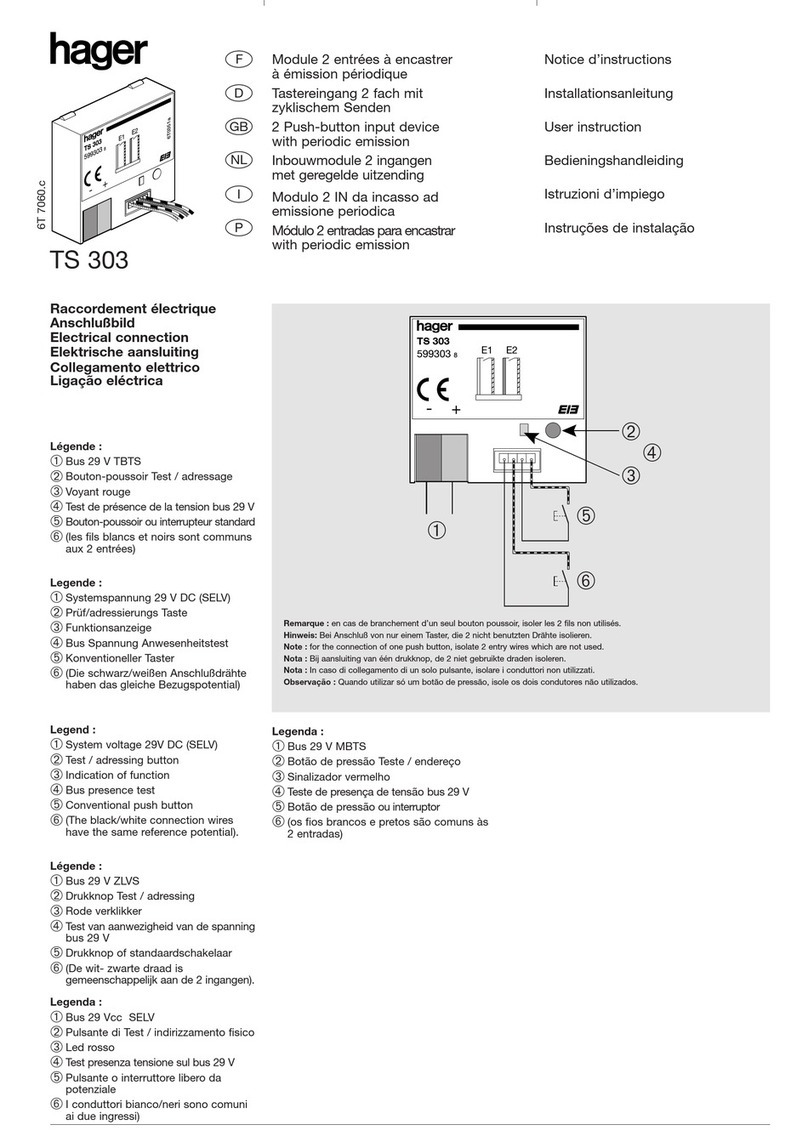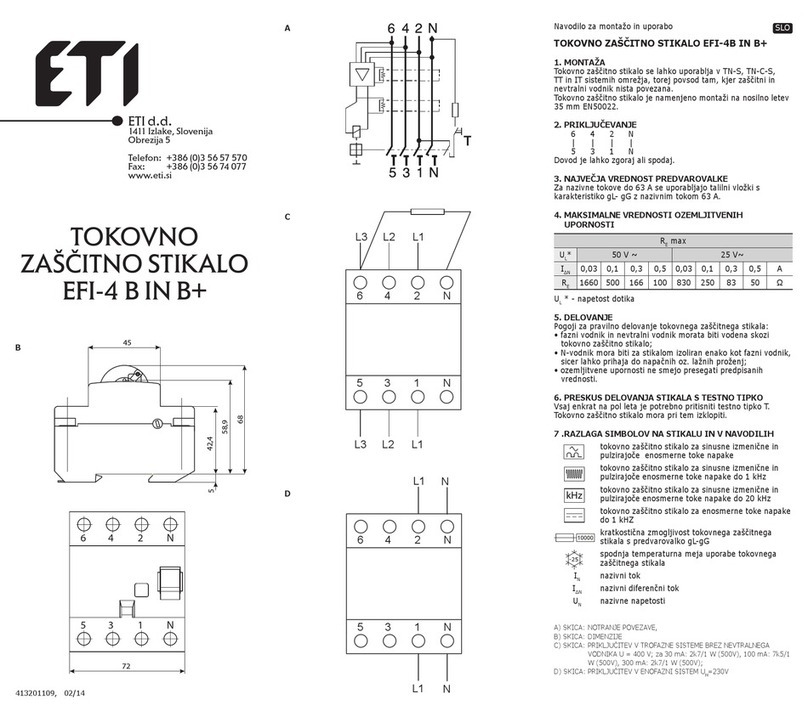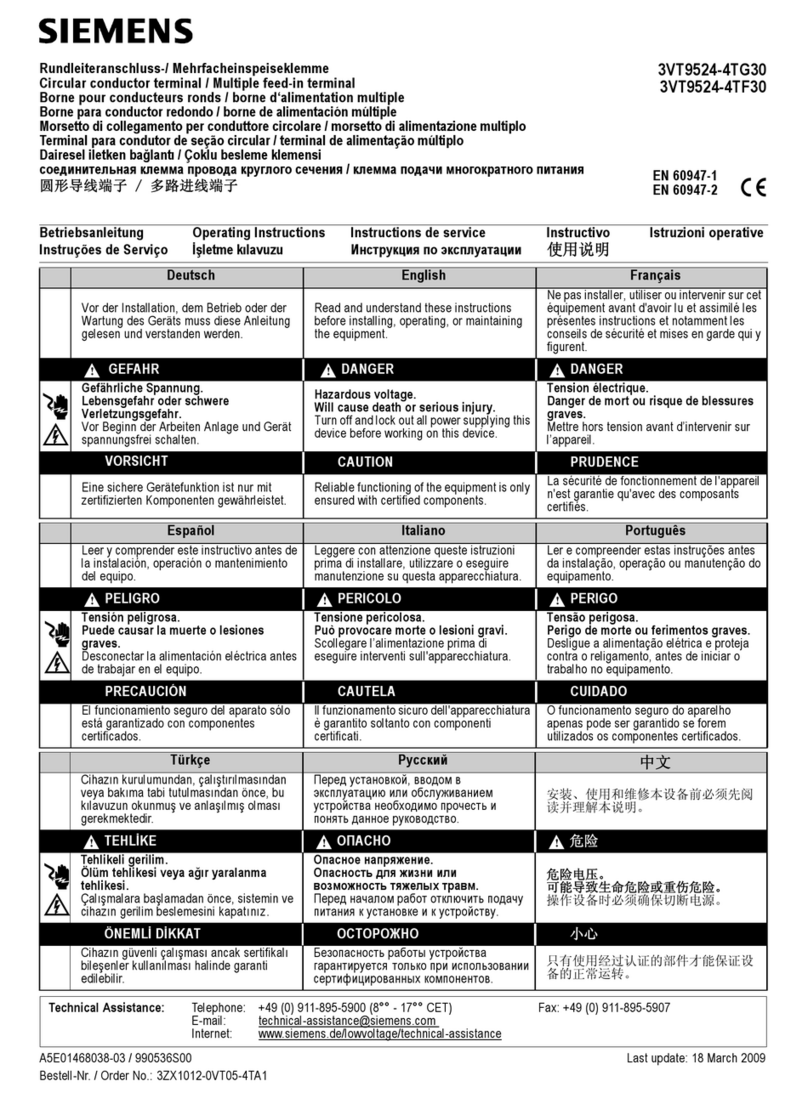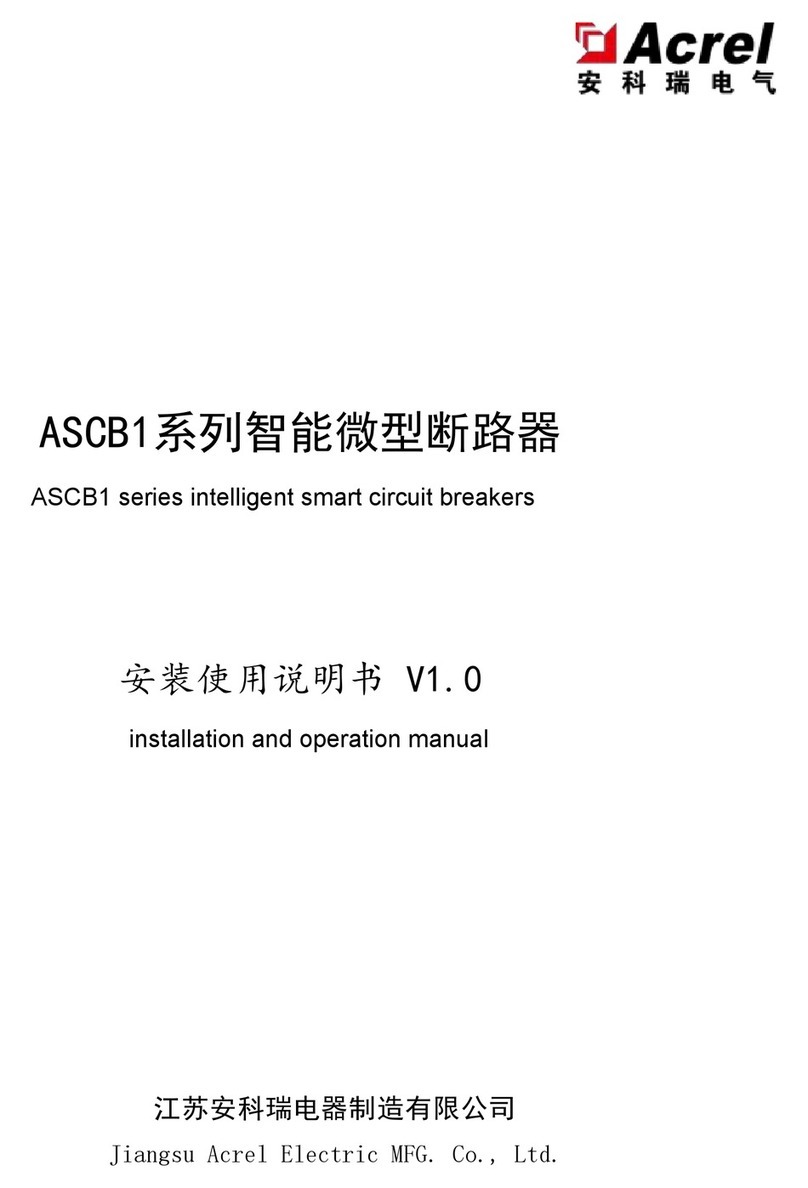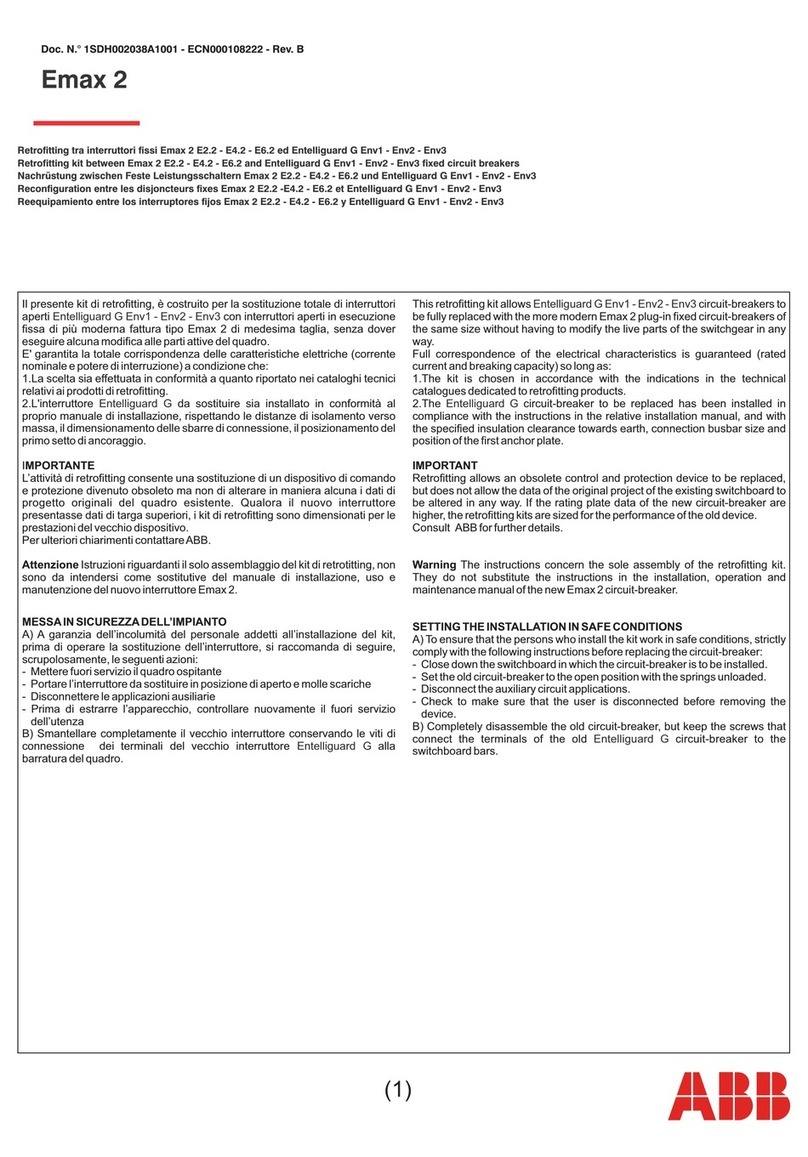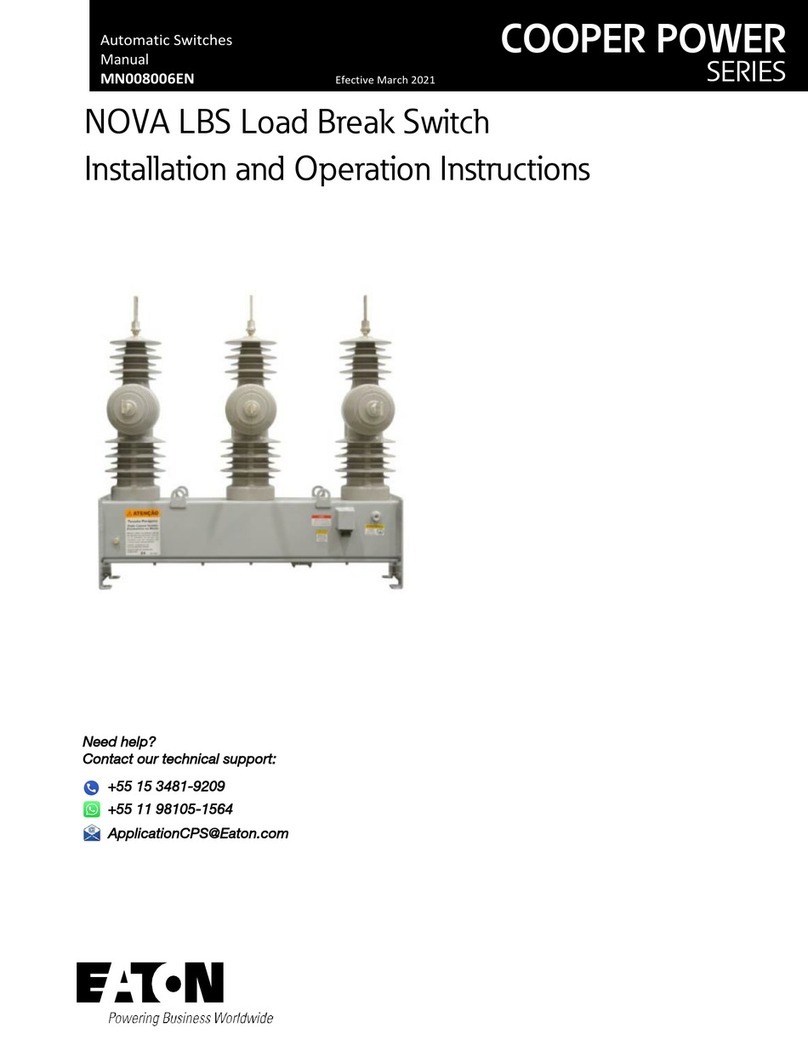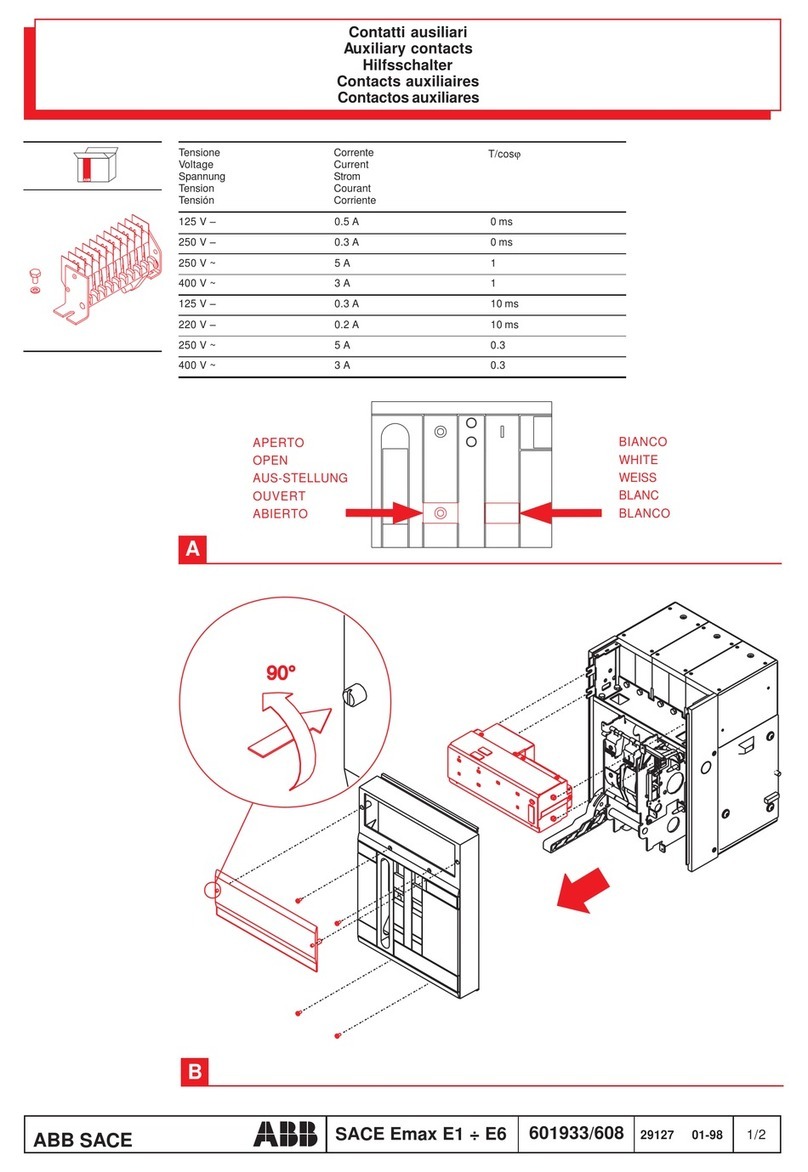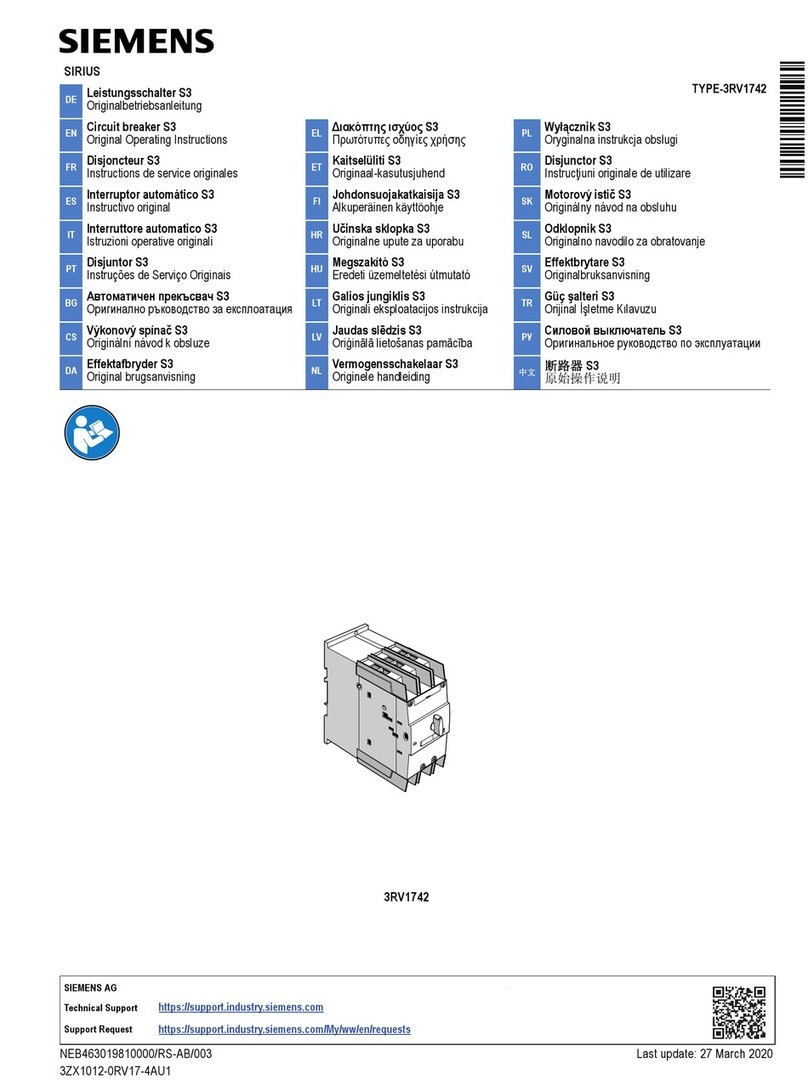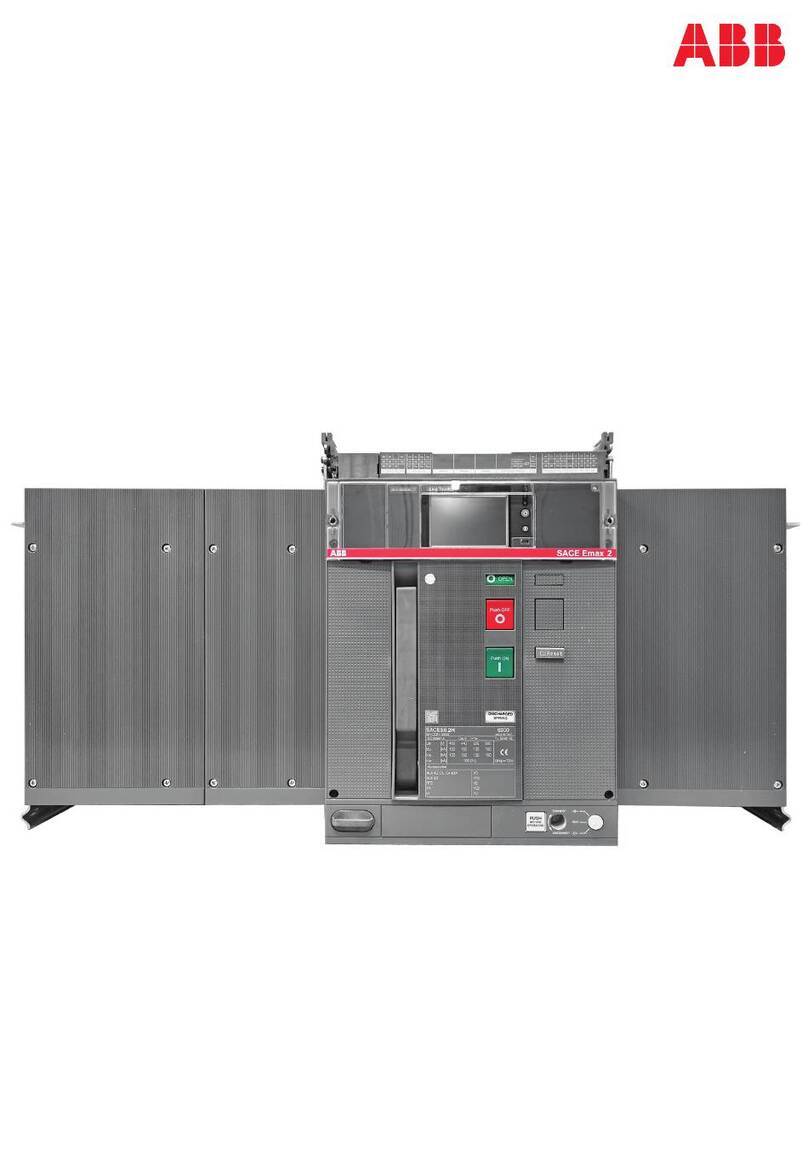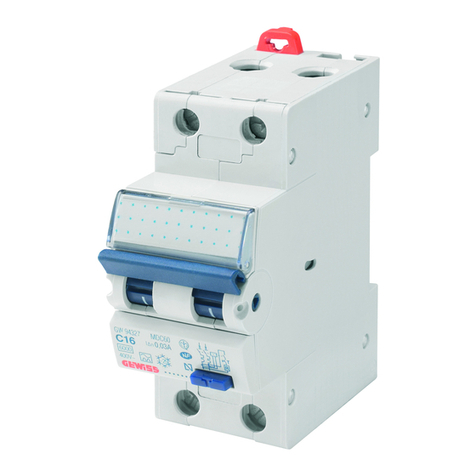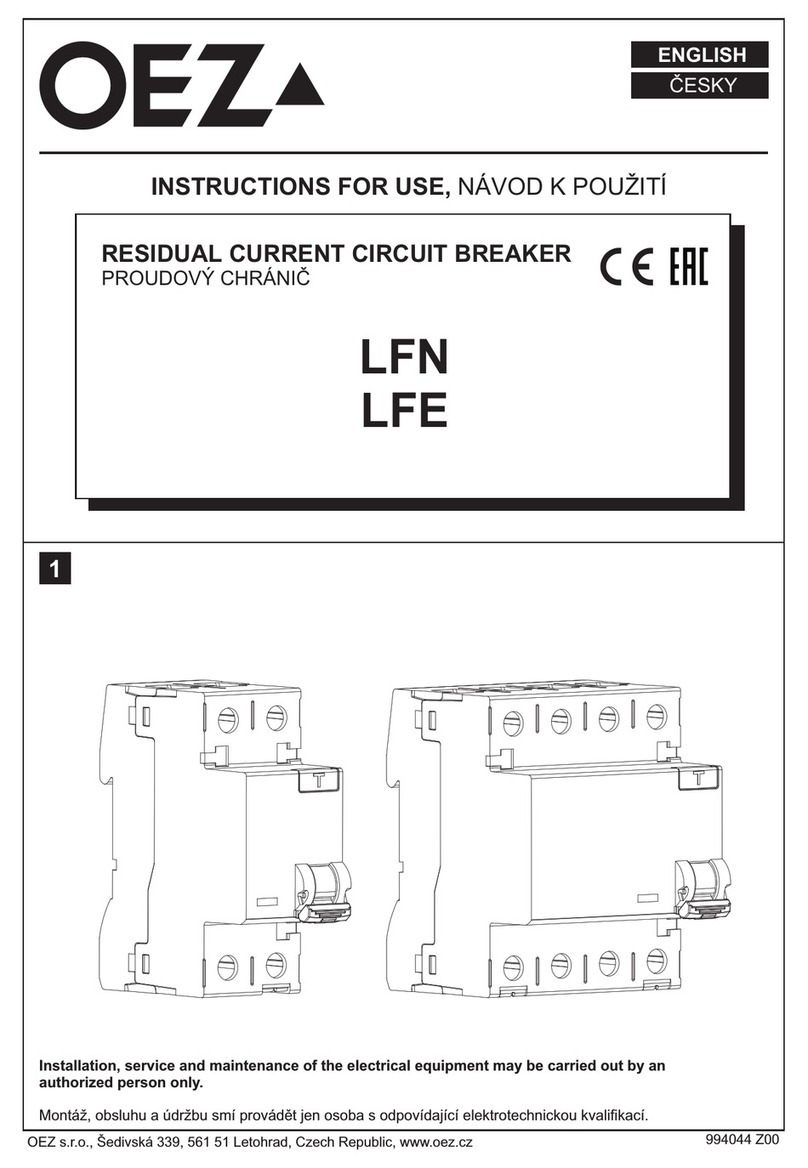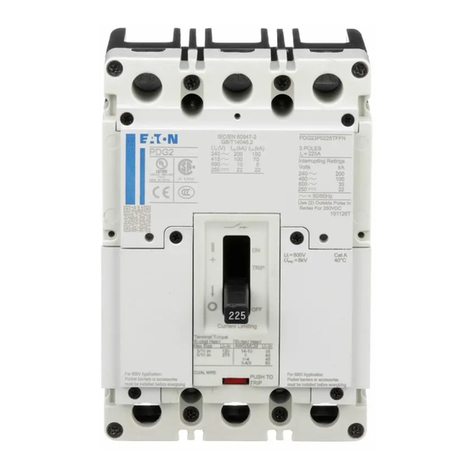
CURRENTECH AGFCI
214-693-6751
3
REVISION: B
1.5 ENVIRONMENTAL QUALIFICATIONS
The Aircraft Ground Fault Circuit Interrupter part number 511-92670 has been tested to the
following categories of RTCA, Inc. DO-160F Environmental Conditions and Test Procedures for
Airborne Equipment.
Environmental Qualification Form
NOMENCLATURE: Aircraft Ground Fault Circuit Interrupter_(AGFCI)______________________________________
TYPE/MODEL/PART NO: 511-92670___________________ TSO NUMBER: N/A_____________________________
MANUFACTURER’S SPECIFICATION AND/OR OTHER APPLICABLE SPECIFICATION: ___________________________
MANUFACTURER: CurrenTech____________________________________________________________________
ADDRESS: P.O. BOX 13361__Arlington,_Texas_76094-0361_____________________________________________
REVISION & CHANGE NUMBER OF DO-160: DO-160F__________ DATE TESTED: 12-28-2011 Section 15 & 21
02-13-2012 Sections 4 & 5____
DESCRIPTION OF TESTS CONDUCTED
Temperature and Altitude
Low Temperature
High Temperature
In-Flight Loss of Cooling
Altitude
Decompression
Overpressure
4.0
4.5.1 & 4.5.2
4.5.3 & 4.5.4
4.5.5
4.6.1
4.6.2
4.6.3
Category A1
Category A4: Survival -55°C, Low Operating -15°C,
Category A1: Survival +85°C, Short Time +70°C, Operating +55°C.
No Cooling Required.
Equipment is Category A1 to 15,000 feet.
Category A1: 50,000 feet.
Category A1: -15,000 feet.
Temperature Variation 5.0 Category C: 2°C per minute.
Humidity 6.0 Equipment identified as Category X.
Operational Shock and Crash Safety 7.0 Equipment identified as Category X.
Vibration 8.0 Equipment identified as Category X.
Explosive Atmosphere 9.0 Equipment identified as Category X.
Waterproofness 10.0 Equipment identified as Category X.
Fluids Susceptibility 11.0 Equipment identified as Category X.
Sand and Dust 12.0 Equipment identified as Category X.
Fungus 13.0 Equipment identified as Category X.
Salt Fog Test 14.0 Equipment identified as Category X.
Magnetic Effect 15.0 Equipment is Category Z.
Power Input 16.0 Equipment identified as Category X.
Voltage Spike 17.0 Equipment identified as Category X.
Audio Frequency Susceptibility 18.0 Equipment identified as Category X.
Induced Signal Susceptibility 19.0 Equipment identified as Category X.
Radio Frequency Susceptibility 20.0 Equipment identified as Category X.
Radio Frequency Emission 21.0 Equipment tested to Category M.
Lightning Induced Transient Susceptibility 22.0 Equipment identified as Category X.
Lightning Direct Effects 23.0 Equipment identified as Category X.
Icing 24.0 Equipment identified as Category X.
Electrostatic Discharge 25.0 Equipment identified as Category X.
Fire, Flammability 26.0 Equipment identified as Category X.
